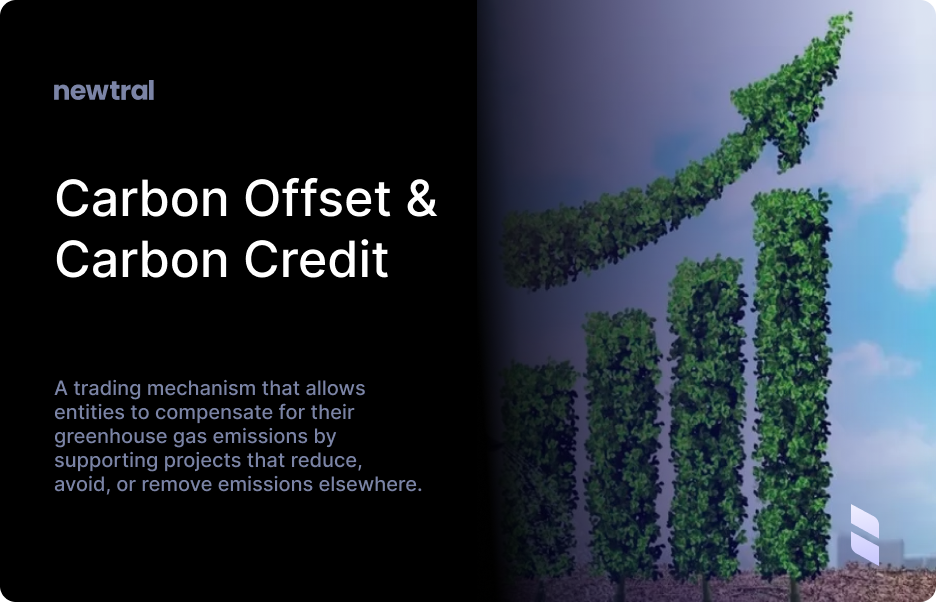Carbon Credits
1. Carbon credits are permits that allow the holder to emit a certain amount of carbon dioxide or other greenhouse gases
2. They are traded on carbon markets and capped by regulators to incentivize emissions reductions
3. One carbon credit permits emissions of one metric ton of carbon dioxide equivalent
4. Companies can purchase credits to offset emissions they cannot eliminate through their operations
Carbon Offsets
1. Carbon offsets represent reductions in greenhouse gas emissions made to compensate for emissions occurring elsewhere
2. Offsets are generated from projects that remove or avoid GHG emissions like reforestation, renewable energy, methane capture, etc.
3. For each metric ton of CO2e permanently removed or avoided, one carbon offset credit is issued
4. Companies can purchase and retire these offset credits to counterbalance their carbon footprints
Key Differences
1. Carbon credits are regulatory instruments, carbon offsets are project-based
2. Credits allow emissions up to a capped level, offsets counter emissions outside a cap
3. Credits are traded on regulated markets, offsets on voluntary markets
4. Credits aim to put a price on carbon, offsets finance emissions reduction projects



.png)
%20png%20(1).png)